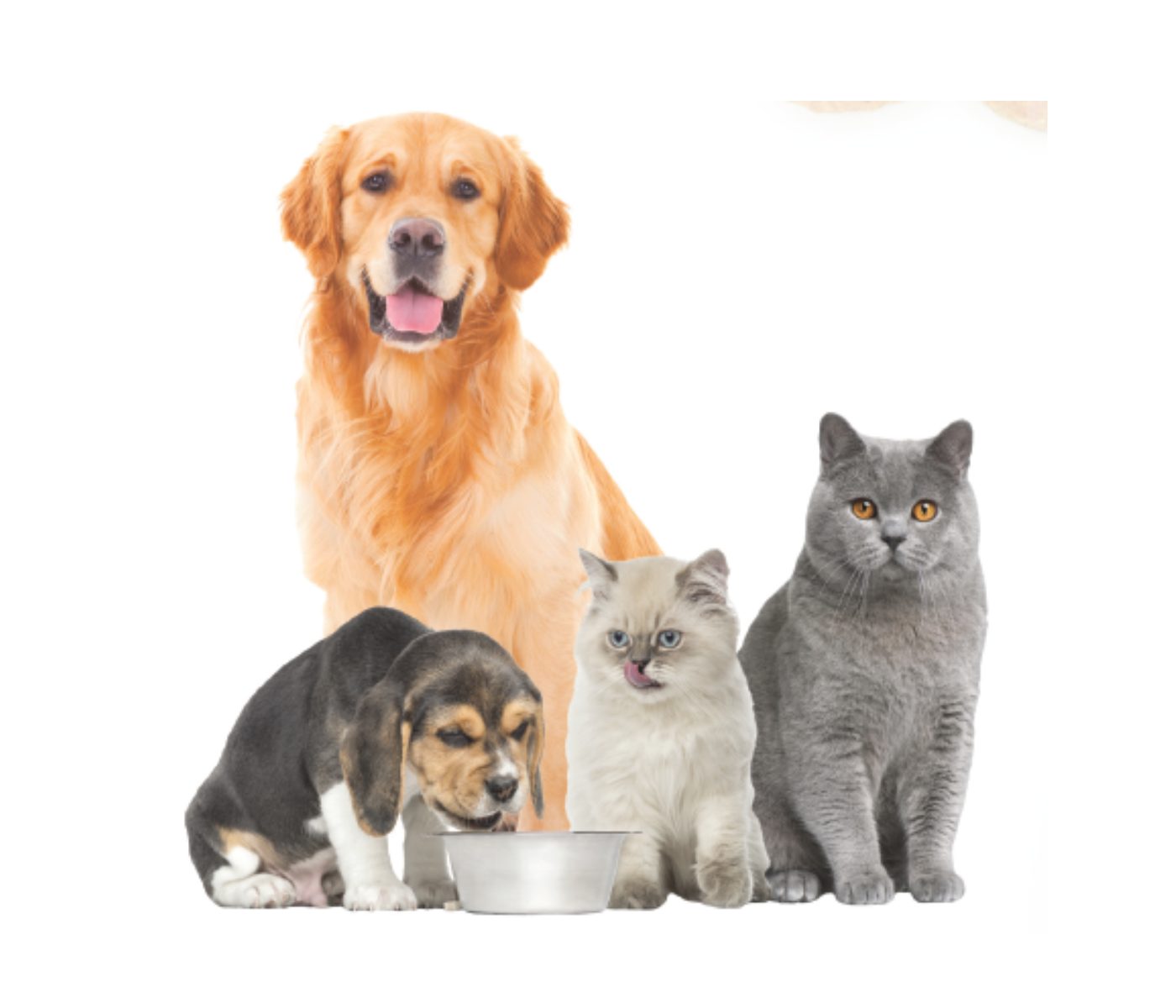Companion Animal Nutrition at the ASAS Meeting
The annual meeting of the American Society of Animal Science was held between July 16 and 20 at the Albuquerque Convention Center in New Mexico. This annual scientific event brings many animal nutrition sessions, among many other topics such as breeding, genetics and genomics, precision livestock farming and management, health, growth and development, physiology and reproduction, teaching, training, and extension.
In animal nutrition, there are sections for ruminant and monogastric nutrition. However, in the past years, the companion animal nutrition section has been growing. This year, four sessions were dedicated to companion animals, and nutrition was the primary focus. Additionally, 30 posters were presented on topics related to pet food.
These presentations covered a great variety of topics that included:
feeding and weight control,
amino acid digestibility and metabolism,
evaluation of feedstuffs and pet food products,
alternative ingredients, including insect food,
trace mineral and vitamin nutrition,
fiber utilization,
methodologies to determine energy and digestibility values for pet food,
impact of diverse feed additives on gut health,
governmental regulations, pet owner consumer trends,
implications of processing and handling on the functionality of plant and animal-derived products for pet food.
This meeting delved into numerous captivating aspects of companion animal nutrition. Yet, given our article’s space constraints, we’ve opted to summarize specific papers focused on amino acid digestibility, requirements, and metabolism, due to the importance of these nutrients for dogs and cats.
Amino acid digestibility for pet food ingredients
Estimating the amino acid digestibility of protein sources for pet foods is challenging. Nutritional research in companion animals has many limitations compared to farm animals. Precision-fed customized rooster assays are used to obtain digestibility since correlations between rooster and dog data are high, r = 0.90 for total essential amino acids and r = 0.92 for total amino acids. These data are used to estimate the digestible indispensable amino acid score or DIAAS-like values. These DIAAS values provide the amino acid quality of food proteins based on ileal digestibility studies rather than total tract digestibility, and values for each amino acid may be calculated.
This is the formula used to estimate DIAAS-like (%):
DIAAS-like (%) = 100 ...












